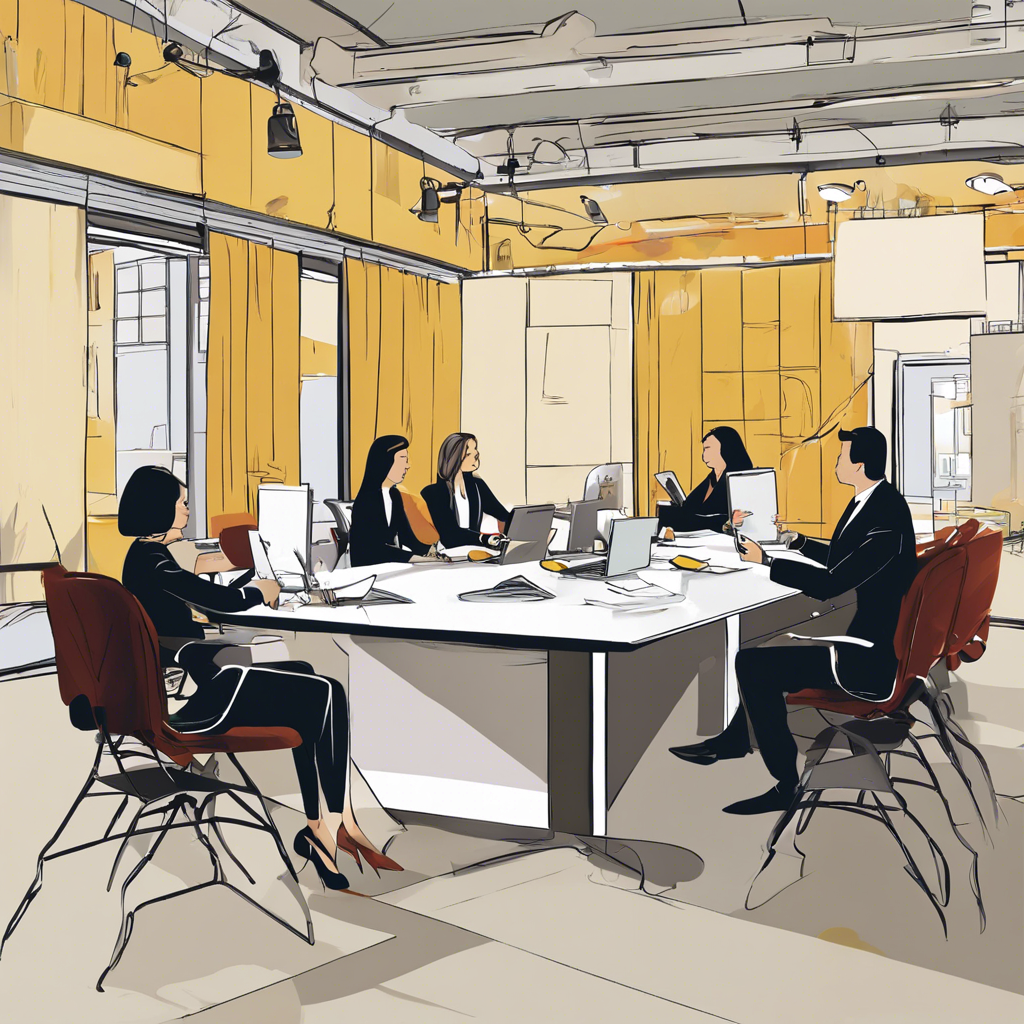We’ve all been there: sitting in a meeting that feels like it’s dragging on with no clear purpose or direction. It’s a common workplace issue that not only wastes valuable time but also drains energy and morale. However, it doesn’t have to be this way. With a few strategic tweaks, meetings can become powerful catalysts for collaboration and productivity.
So, how can we transform time-wasting meetings into efficient and engaging sessions? Firstly, it’s crucial to establish a clear agenda and stick to it. Meetings should have a defined structure with specific topics to cover and allocated time slots for each. This ensures that discussions stay on track and prevents unnecessary tangents. It’s also helpful to distribute the agenda in advance so attendees can prepare their thoughts and contributions.
Another key aspect is time management. Start and end the meeting on time, out of respect for everyone’s schedules. If a topic requires further discussion, set a specific time frame and ensure it doesn’t overshadow the rest of the agenda. Meetings that run over can disrupt the flow of the workday and impact attendees’ productivity.
Encouraging active participation is vital. It’s essential to create an environment where everyone feels comfortable contributing. This can be achieved by using inclusive language, inviting specific individuals to share their insights, and ensuring dominant personalities don’t overshadow others. Meetings should be a platform for collaborative problem-solving and decision-making, and diverse perspectives are key to achieving this.
Additionally, it’s important to consider the frequency of meetings. Not every discussion needs to be a formal gathering. Sometimes, a quick email update or a brief stand-up meeting will suffice. By reducing the number of unnecessary meetings and ensuring each one has a distinct purpose, attendees are more likely to stay engaged and focused.
To further enhance the effectiveness of meetings, incorporate technology wisely. Utilize tools like shared digital documents, project management software, or video conferencing platforms to streamline discussions and enable remote participation. However, be mindful of over-reliance on technology. Sometimes, a simple in-person conversation can be more efficient and productive.
It’s also beneficial to assign a designated facilitator for each meeting. This person ensures the agenda is followed, keeps track of time, and encourages equal participation. They can also be tasked with sending out pre-meeting preparation materials and post-meeting summaries, ensuring everyone is on the same page.
Finally, regularly seek feedback from attendees to gauge the effectiveness of meetings. Are they feeling more productive? What could be improved? This feedback loop is crucial for fine-tuning the meeting process and ensuring that it continues to evolve to meet the needs of the team.
By implementing these strategies, organizations can transform time-wasting meetings into powerful platforms for collaboration, decision-making, and productivity. With clear agendas, efficient time management, active participation, and thoughtful use of technology, meetings can become a valuable asset in driving business success and employee satisfaction. Let’s rethink and revamp our meeting culture to unlock the full potential of our teams.
